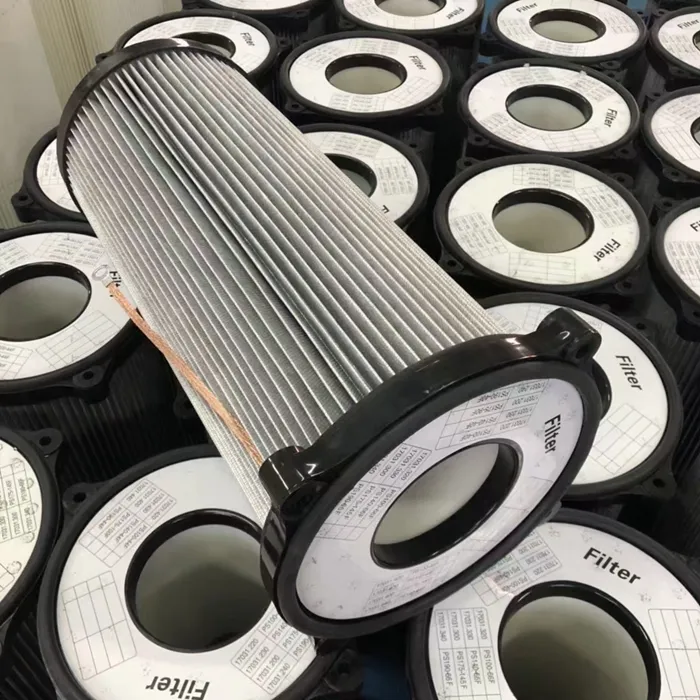 Tel:
+8615930870079
Tel:
+8615930870079
Déc . 07, 2024 15:21 Back to list
Understanding Dust Cartridge Functionality and Maintenance for Optimal Performance
Understanding Dust Cartridge Enhancing Air Quality and Safety
In today’s fast-paced industrial world, the need for effective air filtration has become paramount. One of the key components in maintaining a safe and clean working environment is the dust cartridge. Dust cartridges are essential tools in various industries, including manufacturing, construction, and woodwork, where fine particles can pose health risks and hinder productivity. This article explores the significance of dust cartridges, their functionality, types, and best practices for maintenance.
What is a Dust Cartridge?
A dust cartridge is a filter utilized in air filtration systems designed to capture and contain airborne dust, particles, and other contaminants. These cartridges are typically made of fabric or membrane materials, engineered to trap particles while allowing clean air to pass through. They are commonly used in dust collection systems and industrial vacuum cleaners, where high levels of airborne dust are prevalent.
Importance of Dust Cartridges
The importance of dust cartridges cannot be overstated. In many industrial settings, exposure to dust can lead to severe health issues, including respiratory problems, skin irritations, and long-term diseases such as pneumoconiosis. Therefore, efficient dust collection is vital for protecting workers and complying with health and safety regulations.
Furthermore, dust can adversely affect machinery and equipment. Accumulation of dust not only hinders performance but can also lead to costly repairs and downtime. By investing in high-quality dust cartridges, businesses can enhance the longevity and efficiency of their equipment while ensuring a healthier workspace.
How Dust Cartridges Work
Dust cartridges operate on the principle of filtration. Air containing dust and other particles is drawn through the cartridge, where the filter media captures the contaminants. The design of the cartridge is crucial; it often features pleated sections that increase the surface area for trapping dust, thereby enhancing its filtration efficiency.
Modern dust cartridges are available in different configurations, such as pulse-jet cleaning systems, where a blast of compressed air dislodges the accumulated dust, allowing for continued airflow and performance. This feature significantly reduces the need for manual cleaning and maintenance, improving overall system efficacy.
Types of Dust Cartridges
There is a variety of dust cartridges available, each suited for specific applications
dust cartridge

1. Standard Polyester Cartridges Suitable for general dust collection applications, these cartridges offer adequate filtration for common particles found in many industrial environments.
2. High-Efficiency Particulate Air (HEPA) Cartridges Designed to capture very fine particles, HEPA cartridges are ideal for industries that require stringent air quality standards, such as pharmaceutical or food processing.
3. Damp Resistant Cartridges In environments where moisture is present, damp-resistant cartridges can be employed to prevent degradation and maintain filtration efficiency.
4. Specialized Media Cartridges Some cartridges are engineered for specific contaminants, such as chemicals or odors, making them suitable for environments dealing with unique air quality challenges.
Maintenance Best Practices
To maximize the performance and lifespan of dust cartridges, regular maintenance is crucial. Here are some best practices
1. Regular Inspection Periodically check the cartridges for signs of wear, damage, or clogging. This helps in timely replacements, ensuring optimal performance.
2. Cleaning Measures Depending on the system, efficient cleaning processes such as pulse-jet cleaning should be employed to dislodge particles from the filter media without damaging it.
3. Adhere to Replacement Schedules Follow manufacturer guidelines for replacement intervals. Avoid waiting until the cartridge is fully clogged, as this can negatively impact air quality and equipment performance.
4. Training and Awareness Ensure staff members are trained in the proper use and maintenance of dust collection systems. Awareness of air quality issues can also lead to better compliance and safety practices.
Conclusion
Dust cartridges play a critical role in maintaining air quality and occupational safety in various industries. By understanding their functionality, exploring the different types available, and implementing best maintenance practices, businesses can create a healthier work environment, protect their workforce, and enhance operational efficiency. In a world where health and safety are of utmost importance, investing in effective dust management solutions is not just a necessity—it is a commitment to the vitality and well-being of those who work tirelessly to drive our industries forward.
-
Types and Applications of Air Filtration CartridgesNewsJul.28,2025
-
The Role of Gas Turbine FiltersNewsJul.28,2025
-
Mastering Air Filter Cartridge UseNewsJul.28,2025
-
Advanced Turbine Filters for Modern Gas TurbinesNewsJul.28,2025
-
Cellulose Air Filter Cartridge Advantages in Dust FiltrationNewsJul.28,2025
-
Cellulose Filters for Air Particle ReductionNewsJul.28,2025

 Email:
Email:





